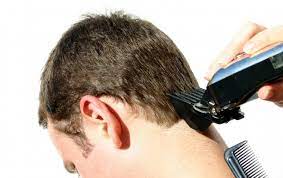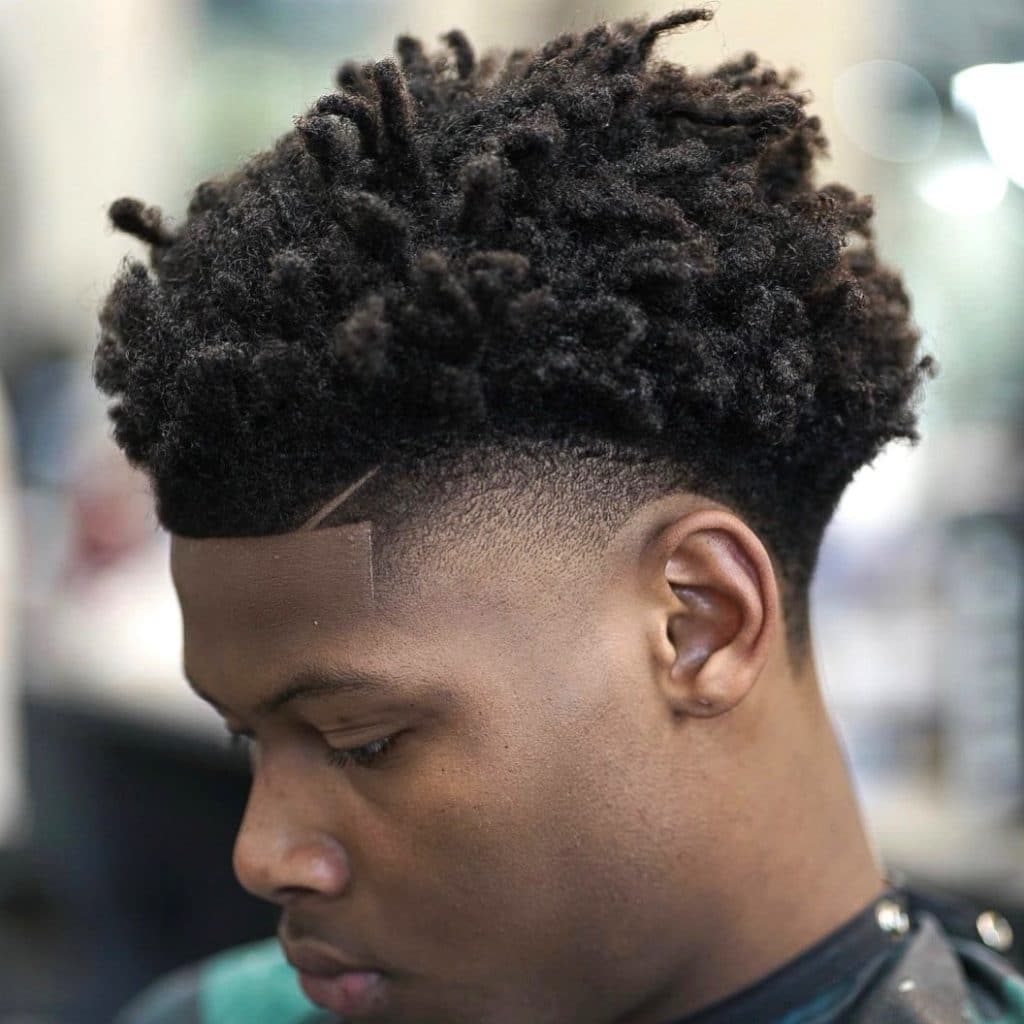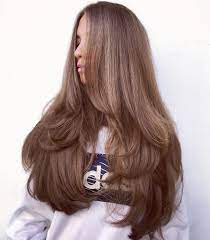
Before using clippers to cut your hair, it is best to ensure it is clean and dry, so that the blades may glide more freely through it without clogging easily.
Start by choosing an appropriate length guard attachment based on your desired haircut.
Trim around the sides and back of your head before working on blending longer and shorter locks together on top.
Blades
One of the key factors in clipper performance is their blades. They should not only be sharp, but also of an appropriate size.
Most clippers feature blade guards made of plastic that distance the actual cutting part from your hair so it can cut at an exact length (the lower the number on this guard piece means shorter your haircut will be).
Dependent upon how often you plan on using clippers, it may be worthwhile investing in one with additional accessories like combs, scissors, and small trimmer attachments.
In addition, some clipper oil and a cleaning brush are needed for effective blade maintenance.
Corsillo says the ideal clipper kit she’s ever encountered includes a professional-grade set with close-cutting adjustable blades, a powerful rotary motor, blending lever, and lightweight design – providing her with an ideal haircut experience.
Guards
Hair clippers feature different length guards to allow users to easily cut various styles.
Furthermore, these guards make it possible for users to blend longer and shorter locks by creating an even surface for cutting.
Before selecting the guard size for a conservative and easy to style haircut, the length of hair on top must first be determined.
After this has been accomplished, choose two smaller guard sizes than required for sides to create a simple styled cut.
Color coded guard sizes make it easier for barbers to identify the appropriate guards by simply looking at them.
There is also a “0” setting which can be used for trimming sideburns and neckline areas. This can help finish off a hairstyle or simply give a cleaner tapered look – ideal for men who wish to maintain shorter locks.
Attachments
Many clippers come equipped with guide combs designed to cut hair at various lengths.
Depending on the thickness of your locks, you may need to regularly switch out these attachments for optimal results.
Some clippers include vacuum attachments that make cleanup much simpler, sucking up hair clippings and depositing them in an area.
This can keep your grooming area cleaner while improving accuracy by making clippings less likely to interfere with cutting.
Other clipper attachments include scissors and smaller trimmer attachments designed to work specifically with beards.
Some also come equipped with special functions, like self-sharpening blades or LED controls; water resistance makes cleaning up easier; while cordless models allow users to utilize their equipment without being limited by an outlet connection.
Cleaning
Clippers can be an efficient and quick way to cut hair if properly maintained and maintained, and will produce smooth haircuts without snagging or pulling.
By following an appropriate maintenance regimen for clippers, you can ensure their longevity as well as achieve smooth haircuts without snagging or pulling.
Cleaning your clippers after every haircut or trim is a quick and straightforward task that should be carried out after each use to prevent bacteria build-up and the formation of spots or rashes on clients.
First, unplug and disconnect the cord from its electrical source.
Next, open up the blade compartment and brush away any wild hairs from it using a small brush or cosmetic.
Next, to clean your blades properly and disinfect them properly, immerse them in white vinegar for about 10 minutes and allow to soak before discarding the solution.

